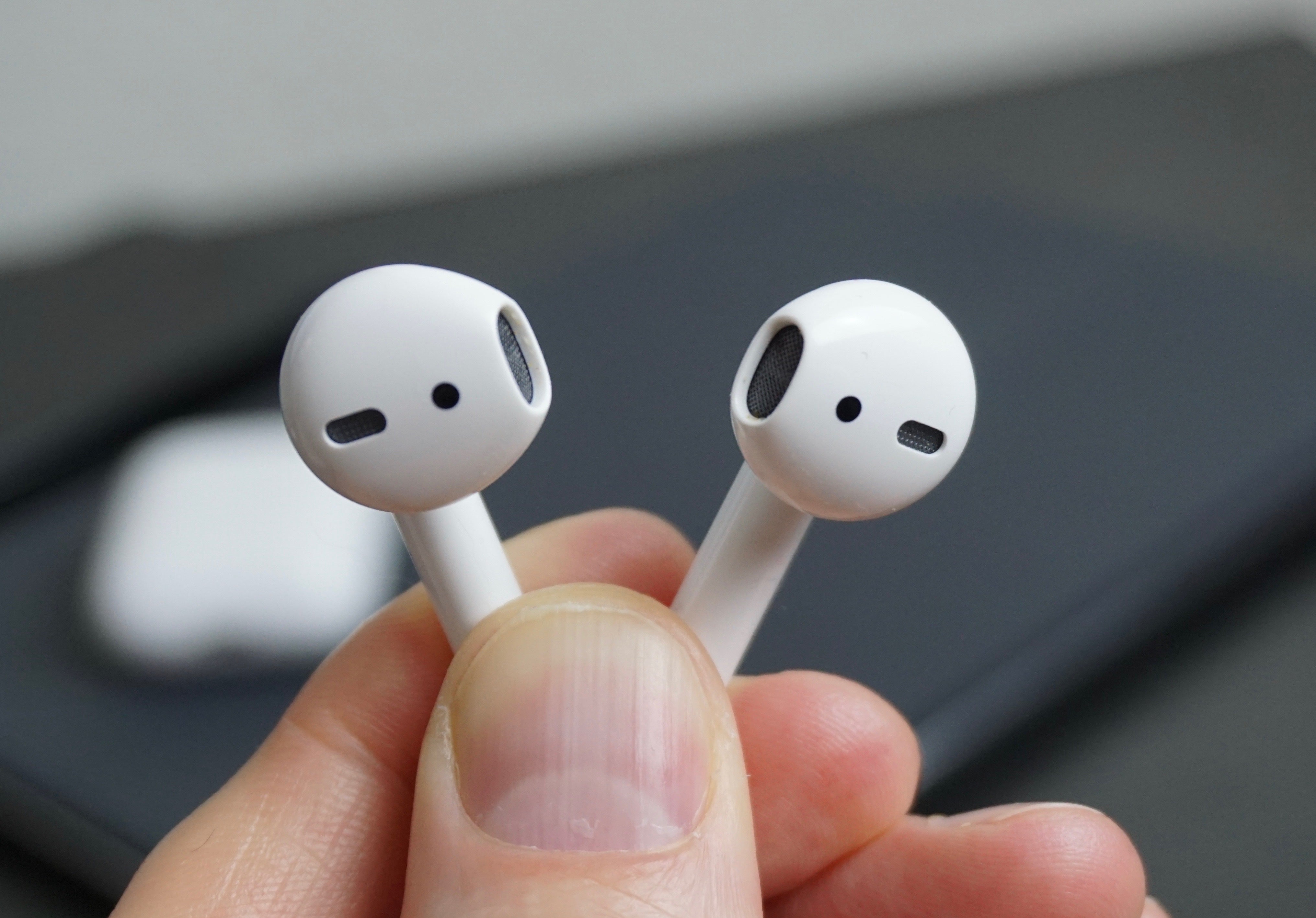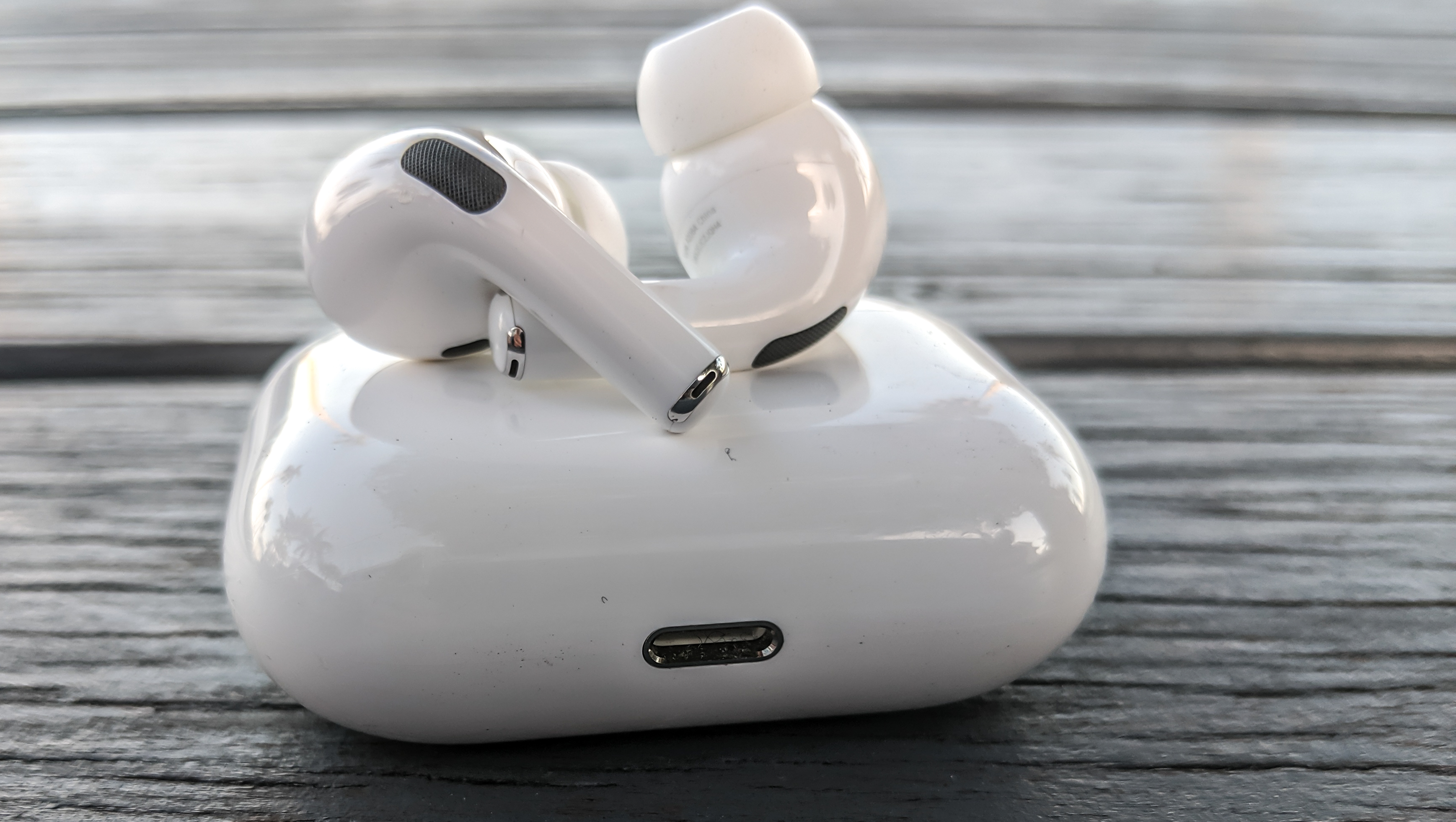Apple Initiates AirPods Production at Foxconn’s Hyderabad Factory: Report

Apple Initiates AirPods Production at Foxconn’s Hyderabad Factory: Report
Apple’s AirPods wireless earbuds will soon be manufactured at Foxconn’s facility in Hyderabad, according to PTI. Foxconn’s Hyderabad plant, which has received an approved investment of $400 million, is expected to start large-scale manufacturing operations by December 2024.
This move by Apple to produce AirPods in India aligns with the company’s efforts to expand its manufacturing operations in the country. Local production not only helps Apple meet the growing demand for its products in India but also benefits from the Indian government’s initiatives to promote domestic manufacturing through schemes such as the Production Linked Incentive (PLI) scheme for electronics manufacturing.
The decision to produce AirPods in India could also lead to increased affordability for Indian consumers due to reduced import costs and potential tax benefits. Additionally, it could contribute to job creation and technology transfer, supporting India’s efforts to become a global manufacturing hub for electronics.
The Foxconn factory in Hyderabad is set to manufacture Apple’s AirPods, with mass production anticipated to commence by December. This development is in line with Apple’s strategy to expand its production capabilities and tap into the growing demand for its products, particularly in the true wireless stereo (TWS) market.
Apple’s AirPods have consistently been a market leader in the TWS segment. According to research conducted by Canalys, Apple maintained a substantial market share of about 36 percent in the TWS market during the last quarter of 2022. This strong market presence is a testament to the popularity and appeal of the AirPods among consumers worldwide.
By producing AirPods in the Foxconn facility in Hyderabad, Apple not only aims to meet the increasing demand for its products but also aligns with its broader efforts to enhance local manufacturing in key markets like India. This move could have significant implications for the TWS market landscape and Apple’s continued dominance in the sector.
Following Apple’s dominance in the true wireless stereo (TWS) market, other companies have also made their presence felt, albeit to varying degrees. Samsung secured a market share of 7.5 percent, positioning itself as a significant player in the TWS segment. Xiaomi, on the other hand, held a 4.4 percent market share, showcasing its growing influence in this competitive space.
Boat, a homegrown brand, managed to capture a 4 percent market share, reflecting its success in catering to consumer demands for TWS devices. Similarly, Oppo secured a 3 percent market share, contributing to the diverse array of options available to consumers.

Notably, Xiaomi recently expanded its manufacturing efforts by initiating the production of its own TWS devices in India. This move took place at the Optiemus Electronics facility located in Noida. By localizing production, Xiaomi aims to further strengthen its position in the Indian market while also contributing to the country’s efforts to boost domestic manufacturing and self-reliance in the electronics sector. This expansion underscores the evolving dynamics of the TWS market and the competitive strategies employed by various companies to cater to consumers’ preferences.
Rumors surrounding the next iteration of the iPhone SE series, the iPhone SE 4, suggest a significant change in its connectivity port. A reliable source indicates that the upcoming smartphone is expected to feature a USB Type-C port instead of the traditional Lightning port. This potential shift aligns with Apple’s ongoing strategy to transition its devices to the more widely adopted USB Type-C standard.
The speculated move to incorporate a USB Type-C port in the iPhone SE 4 is consistent with Apple’s broader plans to adopt this technology across its product lineup. It is anticipated that the shift from the Lightning port to USB Type-C will initially debut with the iPhone 15 lineup, which is rumored to be introduced next month. This change aims to provide users with a more standardized and versatile connectivity option, enabling faster data transfer and enhanced compatibility with a wide range of devices and accessories.
As Apple continues to refine its device designs and connectivity options, the inclusion of a USB Type-C port in the iPhone SE 4 could mark a significant step in the evolution of its smartphone lineup. However, as with any rumors, it’s important to await official announcements from Apple to confirm the details of its upcoming devices.

The Apple iPhone SE 4 is rumored to come with several notable features, including the integration of Face ID functionality. This biometric authentication system, which relies on facial recognition technology, has become a hallmark feature in Apple’s premium iPhone models. If the rumors are accurate, this would mark a significant upgrade for the iPhone SE series, enhancing its security and user experience.
Additionally, reports suggest that the iPhone SE 4 could introduce an “Action” button, a feature that is expected to debut on the higher-end iPhone 15 Pro later this year. While the specifics of the “Action” button’s capabilities are not detailed in the available information, it’s likely that Apple is exploring new ways to streamline user interactions and offer innovative navigation options.
The information provided by tipster Unknownz21 (@URedditor on X) regarding the design of the iPhone SE 4 is intriguing. If the design does indeed bear similarities to the iPhone 14, it suggests that the iPhone SE 4 might feature Apple’s notch-based display design. The “notch” refers to the area at the top of the screen that houses the front-facing camera and sensors for Face ID facial recognition.
This potential design shift could bring the iPhone SE 4 more in line with Apple’s modern design language, which has been characterized by the notch in recent iPhone models. However, it’s important to remember that the accuracy of such information can vary, and official announcements from Apple are needed to confirm the design details.
Regarding the camera setup, the tipster’s information aligns with the trend seen in previous iPhone SE models, which have typically featured a single rear camera. This suggests that while the iPhone SE 4 might adopt some design cues from the iPhone 14, it could still prioritize affordability and simplicity by maintaining a single-camera configuration on the back.

As with all rumors, it’s wise to approach this information with caution until Apple officially announces the iPhone SE 4 and provides concrete details about its design and features.





